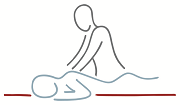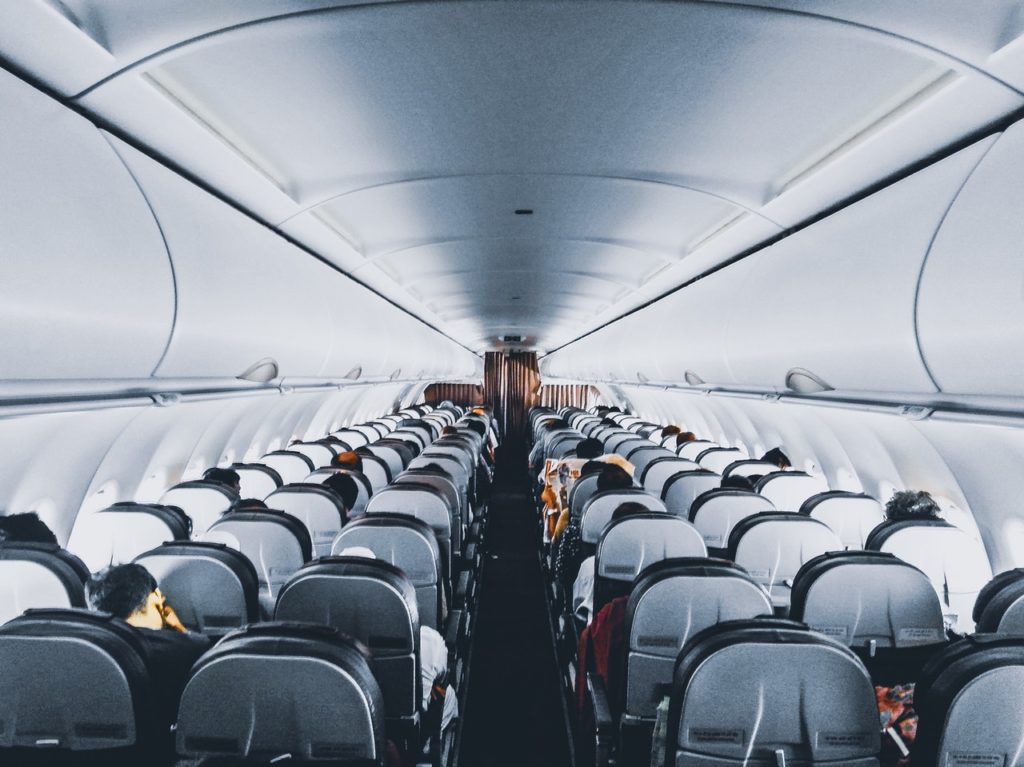What Is Deep Vein Thrombosis?
Deep vein thrombosis or DVT, occurs when a blood clot forms in a major vein of the body. This occurs most often in the lower legs and can develop as a result of sitting still for long periods of time. Several factors make DVT more of a threat for those flying regularly or for long distances – The way that your legs are positioned while seated, the low cabin pressure and the probability that dehydration will occur and thicken the blood all puts you at greater risk of developing this type of clot. The problems occur if some of the clot breaks loose. It could travel around your body to your lungs and cause a Pulmonary Embolism. A large enough clot can be fatal, so it’s important to take steps to prevent DVT from occurring.
What are the Risks?
DVT is rare amongst the general population but people with certain health conditions may be at a higher risk than others who are also flying for long periods of time. If you have chronic heart or respiratory failure, inflammatory bowel disease, cancer or an inherited tendency to develop clots or varicose veins, you are among the most susceptible to DVT. Additionally, people who are obese, pregnant, smokers and those who have recently undergone major surgery or have been bed-ridden and inactive have a higher risk. All these people should be extra vigilant about preventing DVT and be aware of the signs and symptoms.
What are the Symptoms?
Deep vein thrombosis can be difficult to detect, but swelling, pain, redness or warmth in the lower leg and foot are common symptoms. If you suspect that you may have a DVT, see a doctor right away. Treatment is simple and effective. Additionally, travellers at risk should be aware of the symptoms of a Pulmonary Embolism. If you become suddenly short of breath, experience chest pain when taking a deep breath, feel lightheaded or dizzy, cough up blood or develop a rapid pulse, get medical attention right away.
How can I avoid Deep Vein Thrombosis?
Though people flying for long periods of time are at a higher risk for developing a DVT, there are methods to help actively avoid them. Here are some of the ways that you can help yourself:
1. Get up and walk around the cabin as often as possible when it is safe to do so. This will allow your legs to stretch out and keep your blood moving normally.
2. Drink more water. Staying hydrated will prevent your blood from thickening up. Avoid excess alcohol, caffeinated products and salty snacks which may dehydrate you.
3. Although tempting on a long flight, sleeping in a sitting position for long periods of time can increase your risk of DVT. Try to limit your sleep to 30 minutes increments if possible.
4. Do some stretching exercises while sitting in your chair. In addition to limbering up and helping to pass the time, you’ll reduce your risk of DVT. A video showing some simple ones that may help can be found on my Facebook page.

